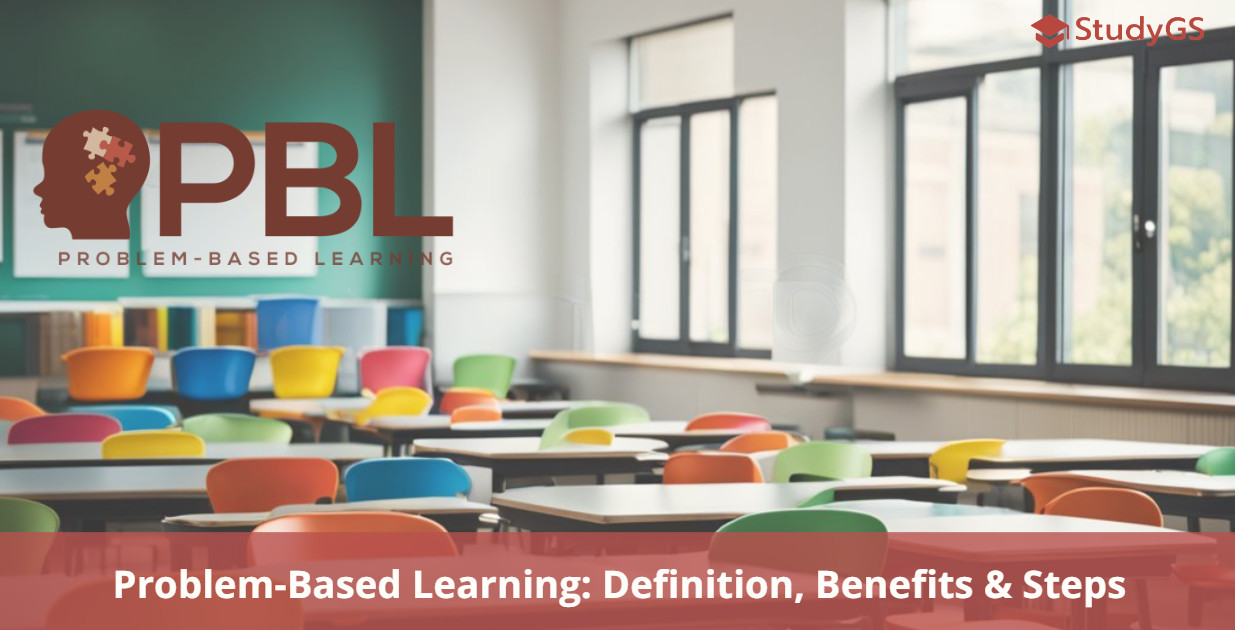Problem-Based Learning (PBL) offers a dynamic alternative to traditional classroom methods. Instead of receiving lectures, assignments, or exercises, students are presented with a real-world problem that they must solve. This approach transforms learning from a passive reception of information into an active process of discovery, where students seek out and apply the knowledge necessary to address the problem at hand.
In PBL, the teacher’s role shifts from being a dispenser of knowledge to a facilitator and mentor, guiding students through their learning journey. This approach encourages students to engage deeply with the content, collaborate effectively with peers, and develop critical thinking and communication skills. Here’s what PBL can help you achieve:
- Explore and apply your knowledge: PBL pushes you to test what you know and identify gaps in your understanding.
- Cultivate teamwork skills: Collaborative problem-solving in PBL enhances your ability to work effectively in teams.
- Enhance communication abilities: PBL fosters clear and persuasive communication as you discuss and defend your ideas.
- Adapt and think critically: The problem-solving process helps you become more flexible and skilled at handling complex information.
- Prepare for real-world challenges: PBL equips you with practical skills that are essential beyond the classroom.
A Step-by-Step Guide to Problem-Based Learning
The PBL process is both structured and flexible, allowing for repeated cycles of exploration and refinement. Here’s a simplified overview of the key steps involved:
1. Explore the Issues
Your teacher introduces an “ill-structured” problem—one that doesn’t have a clear solution. As you discuss the problem with your group, you’ll identify key elements and realize that you may need to learn new concepts, principles, or skills to tackle it. This stage sets the foundation for active inquiry and learning.
2. List What You Know
Begin by assessing what your group already knows about the problem. This includes the strengths and expertise each member brings to the table. No idea is too unusual at this stage; every contribution could lead to a potential solution.
3. Define the Problem Statement
In your own words, articulate the problem statement based on your initial analysis. Ensure that your group agrees on this definition and seek feedback from your instructor if needed. Remember, this statement can evolve as you gather more information.
4. Brainstorm Possible Solutions
List all possible solutions, then evaluate and prioritize them from strongest to weakest. The goal is to identify the most viable solution to pursue.
5. Plan Your Actions
Determine the steps needed to solve the problem and establish a timeline. This involves ranking the necessary actions and ensuring they align with your proposed solutions. Consensus within the group is crucial at this stage.
6. Identify What You Need to Learn
Identify the gaps in your knowledge and research the information required to fill them. This may involve consulting experts, books, or online resources. Assign specific research tasks to team members with clear deadlines to keep the process on track.
7. Develop and Present Your Solution
Once your research supports your solution, compile your findings into a comprehensive report. This should include your problem statement, the data gathered, an analysis of that data, and the rationale behind your proposed solution. Be prepared to present and defend your conclusions, ensuring that your reasoning is clear and well-supported.
8. Review Your Performance
After completing the project, reflect on both individual and group performance. Acknowledge your successes and learn from areas where you fell short. This reflection is key to continuous improvement.
9. Celebrate Your Achievements
Finally, take the time to celebrate your hard work and the learning outcomes you’ve achieved. Whether the project was a resounding success or a challenging learning experience, every step forward is worth recognizing.
Final Thoughts
Problem-Based Learning is a powerful educational approach that not only enhances your academic skills but also prepares you for real-world problem-solving. By engaging in PBL, you develop a deeper understanding of the subject matter, improve your ability to work in teams, and gain confidence in your communication and critical thinking skills.
As you continue to practice these steps, you’ll find yourself better equipped to tackle complex challenges, both in and out of the classroom.

Problem-Based Learning is a teaching method in which complex real-world problems are used as the vehicle to promote student learning of concepts and principles as opposed to direct presentation of facts and concepts. When real-life problems are the basis for educating, students experience deeper learning by applying principles. For example, a problem-based learning project could involve students putting heads together to create business plans to solve a societal need.